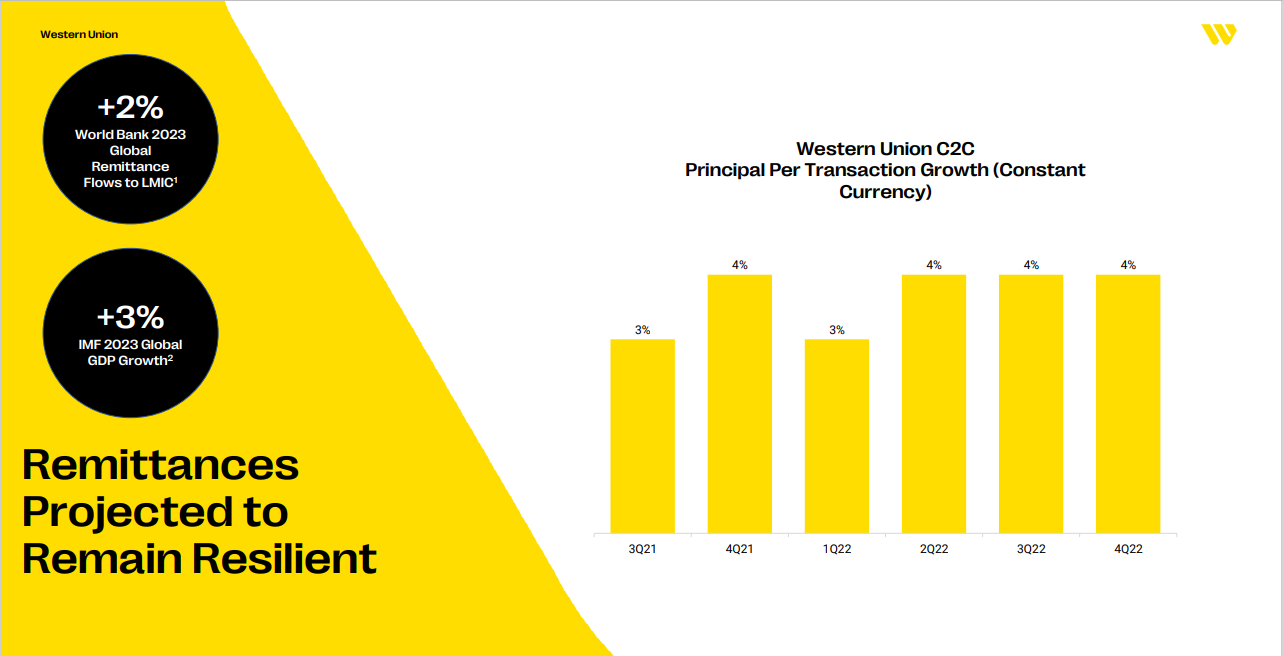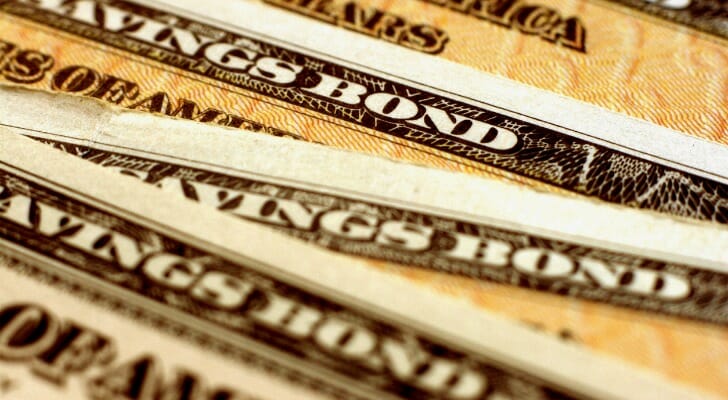
Treasury securities are typically issued to finance government operations and defense spending. They are virtually guaranteed to pay back their principal at the time of maturity, providing investors with a safe haven and a stable investment. They also have a good credit rating. Two main ways to invest Treasury bonds are available. The first is through non-competitive bidding, while the second is through competitive bidding. This is the simplest method to buy Treasury bonds. It involves placing an order between the afternoon and evening before the auction. The non-competitive bidder guarantees the purchase of the bonds at auction's rate. Investors can specify the rate they are willing to pay and the amount they wish to invest with a competitive bid. The competitive bid can range from one-half to three-quarters of the issue, depending on the bidder.
In general, the longer the maturity term of the T bond, the more money that an investor can earn. This also increases the chance of the bond falling in price. Important to note is that the bond will become more volatile if it is held longer than the rising interest rate. The bond's worth will decline if rates rise. In the opposite way, rates that fall will cause the bond to appreciate in value. The government has established a maximum amount that an investor can buy in Treasury bonds at $5,000,000.

But, it is important that you remember that accepting competitive bids is not an assurance of acceptance. A bidder who specifies a yield higher than the auction rate will be rejected. The bid can be accepted if it is equal or lower to the auction's yield. Competive bids can also be made by individuals and corporations who are familiar with the securities market.
The average trade size of the new bond is just above BrokerTec's minimum trade size of $1 million. This could reflect the recent bond or the low trading activity. Also, trade volumes are less than for other recently issued Treasury securities. This could also be a result of investors taking on higher risk.
The Treasury bond market, which has a total market value of $24 trillion, is the largest one in the world. Over the past five year, this number has increased by $5 trillion. In response to this market increase, the Treasury Department requested primary dealers to purchase back bonds that were currently held on the balance sheets. To improve liquidity, these bonds can now be traded in the secondary exchange.

A Treasury factsheet highlights 12 key actions across the official sector. These include the reopening of the 20-year bond, the release of weekly aggregate volume data, and the reopening of the separate trading of registered interest and principal of securities (STRIPS). The IAWG's second Staff Progress Report was also published last week. The IAWG presented its second Staff Progress Report last week. It discussed recent achievements and future work. It also presented an overview of the recent accomplishments in the Treasury market resilient project.
FAQ
How can I find a great investment company?
You should look for one that offers competitive fees, high-quality management, and a diversified portfolio. Fees vary depending on what security you have in your account. Some companies have no charges for holding cash. Others charge a flat fee each year, regardless how much you deposit. Others charge a percentage of your total assets.
It is also important to find out their performance history. If a company has a poor track record, it may not be the right fit for your needs. You want to avoid companies with low net asset value (NAV) and those with very volatile NAVs.
You also need to verify their investment philosophy. To achieve higher returns, an investment firm should be willing and able to take risks. If they're unwilling to take these risks, they might not be capable of meeting your expectations.
How do I invest in the stock market?
Brokers allow you to buy or sell securities. A broker sells or buys securities for clients. Trades of securities are subject to brokerage commissions.
Brokers often charge higher fees than banks. Banks often offer better rates because they don't make their money selling securities.
You must open an account at a bank or broker if you wish to invest in stocks.
A broker will inform you of the cost to purchase or sell securities. Based on the amount of each transaction, he will calculate this fee.
Your broker should be able to answer these questions:
-
You must deposit a minimum amount to begin trading
-
How much additional charges will apply if you close your account before the expiration date
-
what happens if you lose more than $5,000 in one day
-
How many days can you maintain positions without paying taxes
-
What you can borrow from your portfolio
-
How you can transfer funds from one account to another
-
What time it takes to settle transactions
-
The best way for you to buy or trade securities
-
how to avoid fraud
-
How to get assistance if you are in need
-
If you are able to stop trading at any moment
-
What trades must you report to the government
-
Whether you are required to file reports with SEC
-
How important it is to keep track of transactions
-
How do you register with the SEC?
-
What is registration?
-
How does it affect me?
-
Who is required to register?
-
What are the requirements to register?
What is a mutual-fund?
Mutual funds are pools that hold money and invest in securities. They offer diversification by allowing all types and investments to be included in the pool. This reduces the risk.
Professional managers oversee the investment decisions of mutual funds. Some funds let investors manage their portfolios.
Mutual funds are more popular than individual stocks, as they are simpler to understand and have lower risk.
Statistics
- Our focus on Main Street investors reflects the fact that American households own $38 trillion worth of equities, more than 59 percent of the U.S. equity market either directly or indirectly through mutual funds, retirement accounts, and other investments. (sec.gov)
- US resident who opens a new IBKR Pro individual or joint account receives a 0.25% rate reduction on margin loans. (nerdwallet.com)
- Ratchet down that 10% if you don't yet have a healthy emergency fund and 10% to 15% of your income funneled into a retirement savings account. (nerdwallet.com)
- The S&P 500 has grown about 10.5% per year since its establishment in the 1920s. (investopedia.com)
External Links
How To
How to create a trading strategy
A trading plan helps you manage your money effectively. It helps you identify your financial goals and how much you have.
Before you create a trading program, consider your goals. It may be to earn more, save money, or reduce your spending. You may decide to invest in stocks or bonds if you're trying to save money. If you are earning interest, you might put some in a savings or buy a property. If you are looking to spend less, you might be tempted to take a vacation or purchase something for yourself.
Once you have an idea of your goals for your money, you can calculate how much money you will need to get there. This depends on where your home is and whether you have loans or other debts. You also need to consider how much you earn every month (or week). Income is the sum of all your earnings after taxes.
Next, make sure you have enough cash to cover your expenses. These include bills, rent, food, travel costs, and anything else you need to pay. Your total monthly expenses will include all of these.
You'll also need to determine how much you still have at the end the month. This is your net disposable income.
Now you know how to best use your money.
You can download one from the internet to get started with a basic trading plan. Or ask someone who knows about investing to show you how to build one.
Here's an example: This simple spreadsheet can be opened in Microsoft Excel.
This shows all your income and spending so far. You will notice that this includes your current balance in the bank and your investment portfolio.
Here's another example. A financial planner has designed this one.
This calculator will show you how to determine the risk you are willing to take.
Don't try and predict the future. Instead, focus on using your money wisely today.